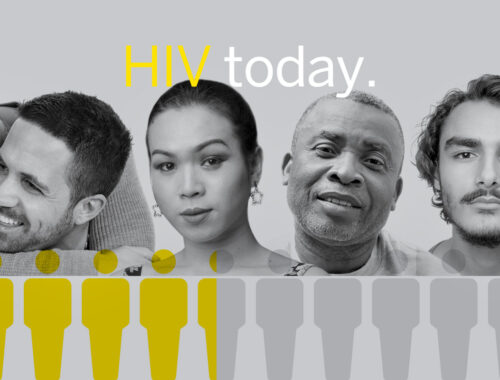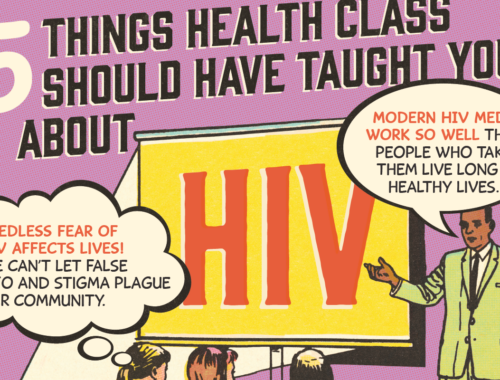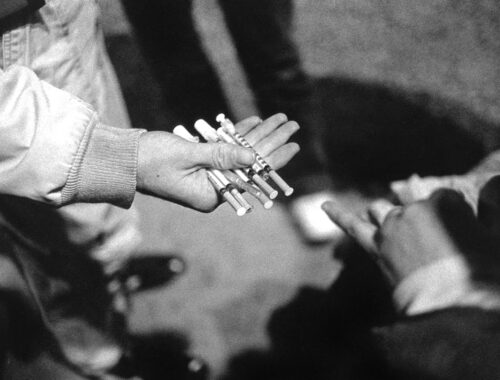HIV FAQs
Información Sobre VIH/SIDA [Spanish]
It’s understandable to have a lot of questions about HIV and AIDS. No question to too basic: Trust us, we’ve been answering all sorts of questions about HIV and AIDS since 1982.
Some of the most common questions appear below in a few sections.











